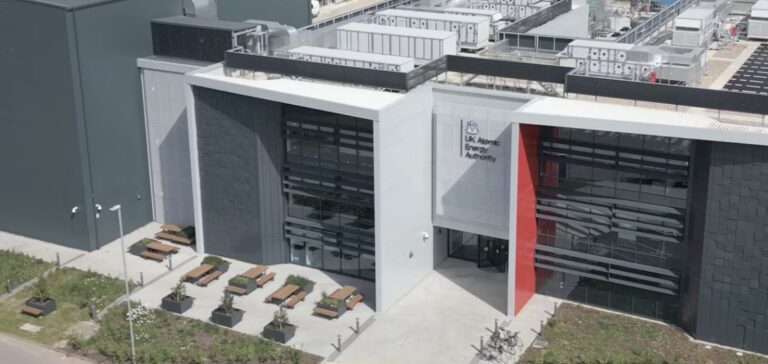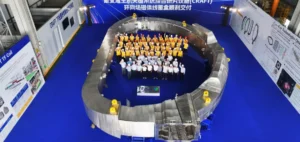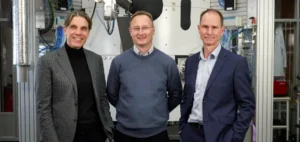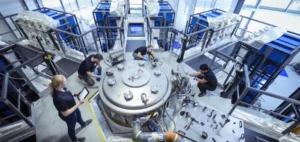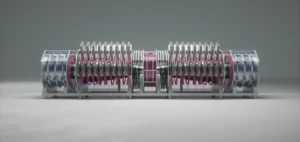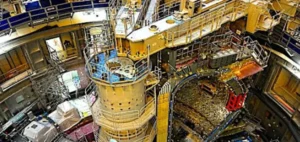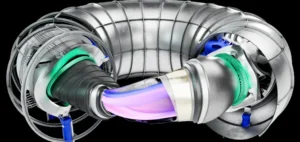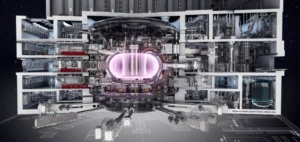The United Kingdom Atomic Energy Authority (UKAEA) and Italian energy company Eni have signed a collaboration agreement to develop a state-of-the-art tritium fuel cycle facility. This initiative is part of broader efforts to enhance the efficiency and viability of future fusion power plants.
A key project for optimising tritium
The facility, named the UKAEA-Eni H3AT Tritium Loop Facility, will be located at Culham Campus in Oxfordshire and is expected to be completed in 2028. Designed as a world-class centre, it will provide industry and research institutions with the opportunity to study tritium processing, storage, and recycling methods.
Tritium, an isotope of hydrogen used as fuel in fusion, plays a central role in the development of this technology. Its recycling and reuse will be crucial to ensuring a steady supply for future reactors and minimising material losses.
Industrial expertise driving research
UKAEA and Eni will collaborate on the development of advanced solutions in fusion energy, implementing knowledge transfer initiatives and integrating cutting-edge technologies. Eni will contribute its expertise in industrial engineering and large-scale project management, reinforcing the reliability and safety of the future facility.
This partnership combines UKAEA’s deep expertise in fusion research with Eni’s proven industrial capabilities in infrastructure design, commissioning, and operations.
Perspectives and ambitions for fusion
UKAEA Chief Executive Ian Chapman emphasised that this facility will mark a major milestone in tritium management for fusion, positioning the UK as a key player in the sector. Meanwhile, Eni CEO Claudio Descalzi stated that this project would help make fusion a tangible solution for global energy supply.
This facility is part of a broader wave of innovation in fusion energy, with the aim of accelerating the development of this power source and optimising its integration into the global energy landscape.


